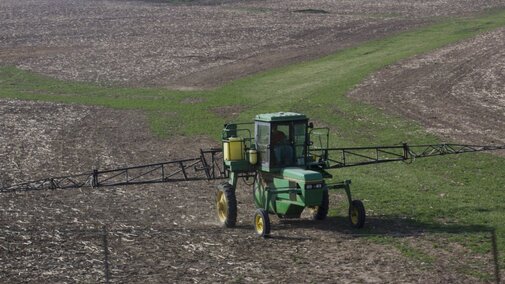As of July 6, December 2019 corn is trading at $3.96 with December 2018 corn 23 cents lower. Those aren’t prices I like, but those are the prices I currently have to live with. On the other side of profit is cost. If my variable costs decline in 2019, maybe $4 corn can make me money. If variable costs don’t decline in 2019, I would rather know that now than one year from now.
In a recent blog post I discuss a review of seed, fertilizer and chemical cost trends by Gary Schnitkey, a University of Illinois agricultural economist, who doesn't "portend declines in variable costs for farmers. Seed cost appears to have flattened and are likely to be the same as 2017 and 2018. Fertilizer prices rose beginning in late 2017, leading to farmers who bought 2018 fertilizer late with higher costs than those who bought early. So a reasonable fertilizer forecast is that 2019 fertilizer costs might be slightly higher than 2017 and about the same as 2018. Chemical costs, however, are likely to be higher, not due to price but due to usage. Increasingly resistant weeds are showing up in farmer’s fields, and thus more product or new products are used to control weeds."
Read More and view charts of short- and long-term cost trends as well as how to use this information for planning for 2019 crops.

